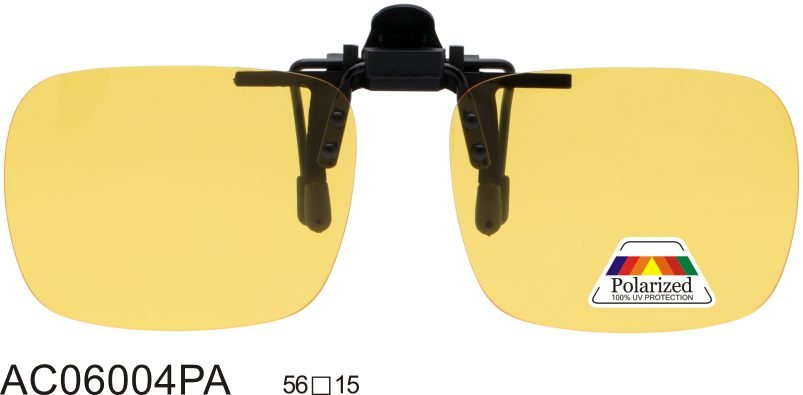
The Science Behind Memory Metal Frames in Sunglasses: How Shape Memory Alloys Revolutionize Eyewear Design
Memory metal frames in sunglasses are a testament to advanced material engineering, offering durability and adaptability that traditional materials struggle to match. These frames are crafted from shape memory alloys (SMAs), a class of metals capable of returning to a predetermined shape after being deformed. This unique property stems from their atomic structure and phase transitions, enabling sunglasses to withstand bending, twisting, or impacts without permanent damage. Below, we explore the core principles, composition, and real-world applications of memory metal in eyewear.
Atomic-Level Transformation: The Foundation of Shape Memory Effect
The defining feature of memory metals lies in their ability to undergo reversible phase changes at the molecular level. Most SMAs, such as nickel-titanium (Nitinol), exist in two crystalline phases: austenite and martensite. The austenite phase is stable at higher temperatures and represents the metal’s “remembered” shape, while the martensite phase, stable at lower temperatures, allows for easy deformation. When a memory metal frame is bent or twisted, its atoms rearrange into the martensite structure, enabling flexibility. However, when exposed to heat—either from body temperature, sunlight, or warm water—the metal transitions back to austenite, restoring its original form.
This phase transition is triggered by a critical temperature known as the transformation point. For Nitinol, commonly used in eyewear, this threshold typically ranges between 20–30°C (68–86°F), making it responsive to everyday environmental conditions. The hysteresis effect, where the material retains its deformed shape until heated beyond this point, ensures that the frame remains stable during wear but reverts instantly when needed. Unlike spring steel or plastic, which rely on elastic deformation, memory metals leverage atomic rearrangement, allowing for extreme flexibility without fatigue or failure.
The precision of these phase transitions is controlled through alloy composition and processing techniques. Small adjustments to the nickel-titanium ratio or thermal treatments during manufacturing can fine-tune the transformation temperature, ensuring consistent performance across different climates. This level of control enables eyewear designers to create frames that are both lightweight and resilient, capable of surviving accidental drops or rough handling without losing their fit.
Composition and Manufacturing: Crafting Durable, Lightweight Frames
Memory metal frames are typically made from Nitinol, an alloy of nickel and titanium, though other combinations like copper-aluminum-nickel (Cunial) are also used. Nitinol’s popularity stems from its biocompatibility, corrosion resistance, and superior shape memory properties. The manufacturing process begins with melting the raw metals in a vacuum or inert gas environment to prevent oxidation, followed by casting or extrusion into rods or wires. These semi-finished products then undergo cold working—a process of rolling or drawing at room temperature—to align the metal’s grain structure and enhance its strength.
Heat treatment is the next critical step, as it determines the alloy’s memory properties. By heating the material to a specific temperature and holding it for a set duration, manufacturers induce a process called aging, which stabilizes the austenite phase. The frame is then shaped into its final design using precision tools, ensuring it matches the desired curvature and dimensions. After shaping, the metal is cooled to lock in the martensite phase, allowing it to be easily adjusted by the wearer or repaired if bent out of shape.
Some manufacturers incorporate additional coatings or surface treatments to improve aesthetics and functionality. For example, titanium nitride (TiN) coatings enhance scratch resistance and give frames a metallic sheen, while polymer layers can add color or reduce glare. These treatments do not interfere with the shape memory effect, ensuring the core functionality remains intact. The result is a frame that is 40–60% lighter than stainless steel or acetate alternatives, yet capable of withstanding stresses that would permanently deform other materials.
Real-World Applications: From Sports to Everyday Wear
The adaptability of memory metal frames makes them ideal for active lifestyles and demanding environments. Athletes, in particular, benefit from their ability to endure extreme conditions without compromising comfort. For instance, a cyclist wearing memory metal sunglasses can accidentally sit on their frames during a break, only to find them springing back to shape moments later. Similarly, hikers or skiers exposed to fluctuating temperatures can rely on the frames to maintain their fit, as the material’s phase transitions are unaffected by cold or heat within reasonable ranges.
Everyday users also appreciate the low-maintenance nature of memory metal frames. Unlike plastic or acetate, which may crack if bent, or traditional metal, which can lose its tension over time, memory metals require minimal adjustments. If a frame becomes misshapen, a brief exposure to warmth—such as running it under hot water or using a hairdryer on a low setting—is enough to restore its original curvature. This self-repairing property extends the lifespan of the sunglasses, reducing waste and offering long-term value.
In professional settings, memory metal frames are favored for their hypoallergenic properties. Nickel-titanium alloys are less likely to cause skin irritation compared to cheaper metals, making them suitable for prolonged wear. Additionally, their lightweight design reduces pressure on the nose and ears, enhancing comfort during extended use. Whether for fashion, function, or durability, memory metal frames address the core challenges of eyewear design, setting a new standard for performance and resilience.
Memory metal frames in sunglasses exemplify how material science can transform everyday products. By harnessing the atomic-level properties of shape memory alloys, these frames deliver unmatched flexibility, durability, and comfort. From their precise manufacturing processes to their real-world applications, memory metals are redefining what consumers expect from eyewear, proving that innovation and sustainability can coexist in a single, groundbreaking design.
